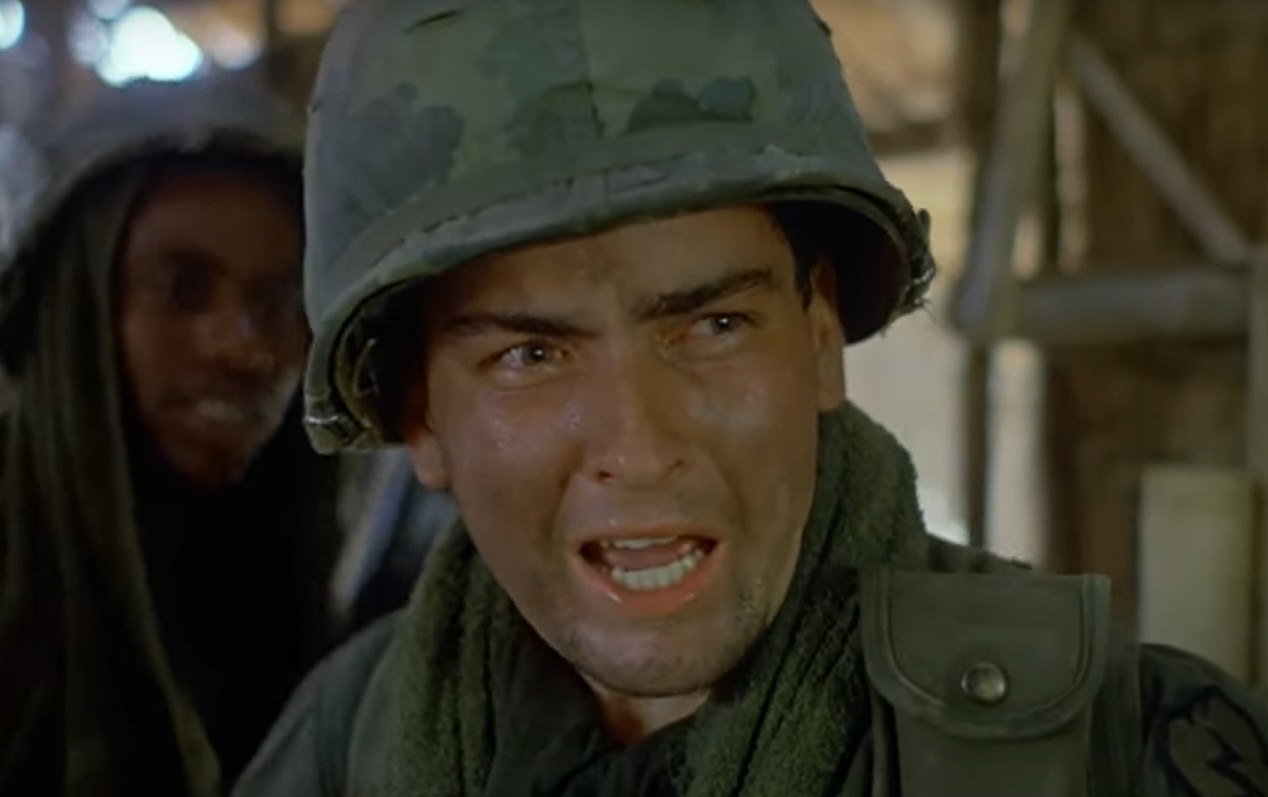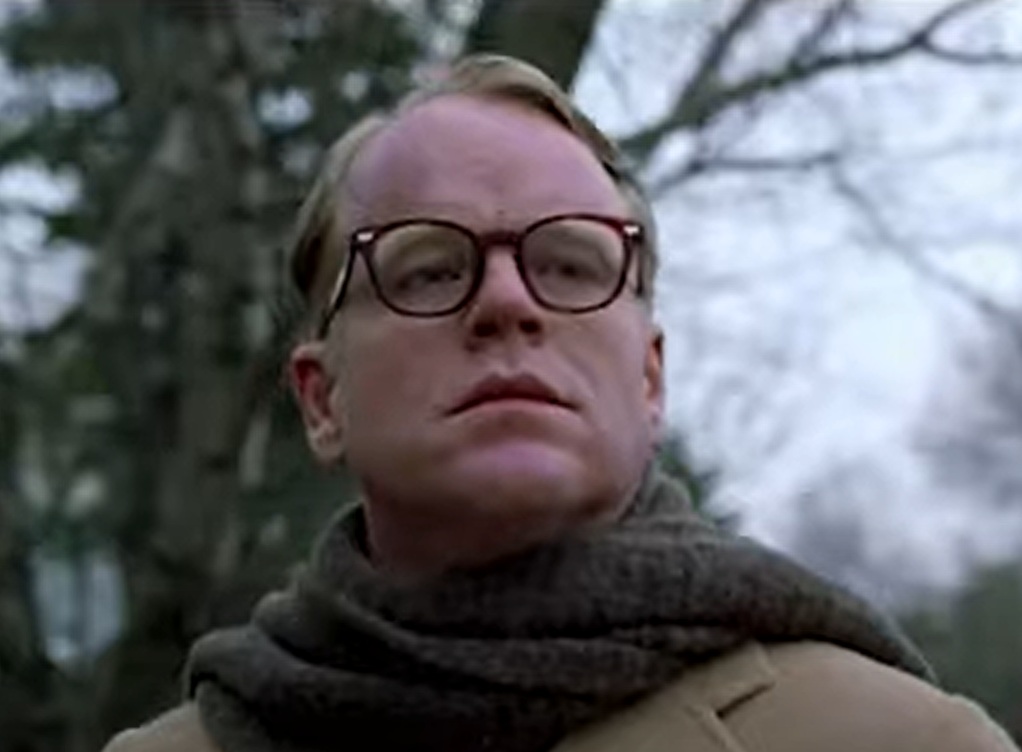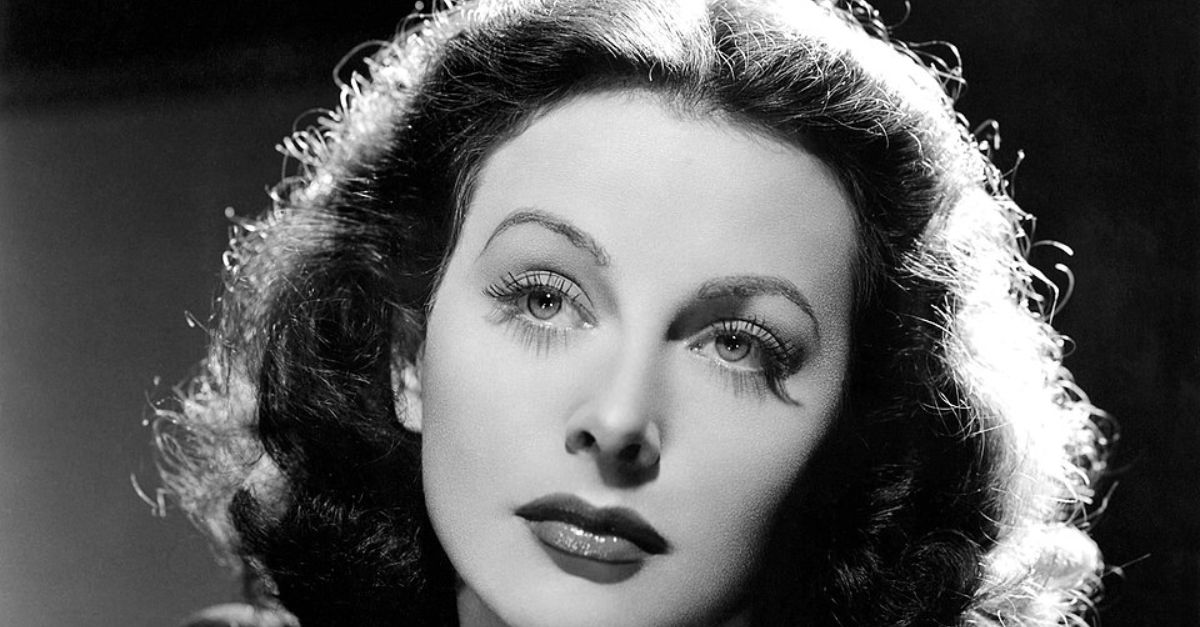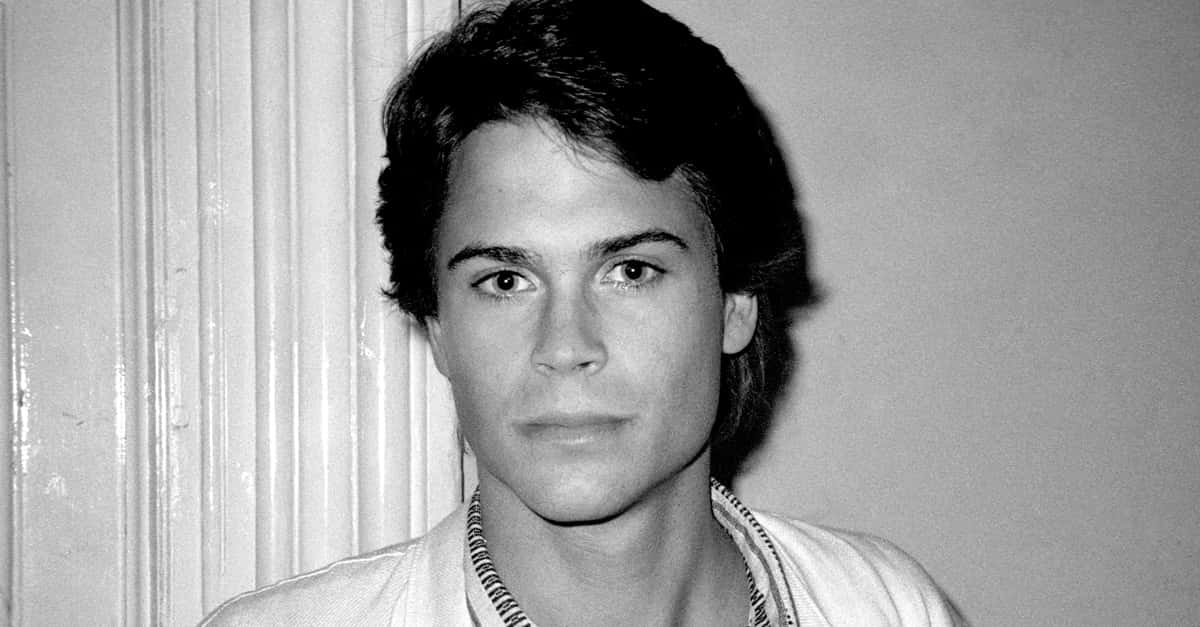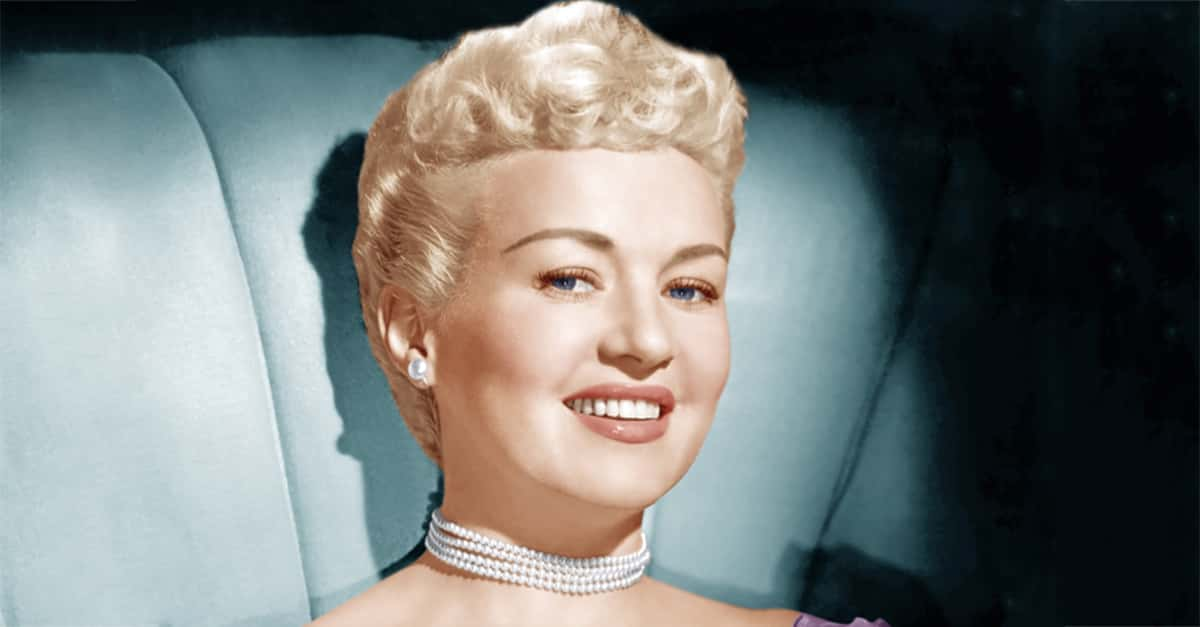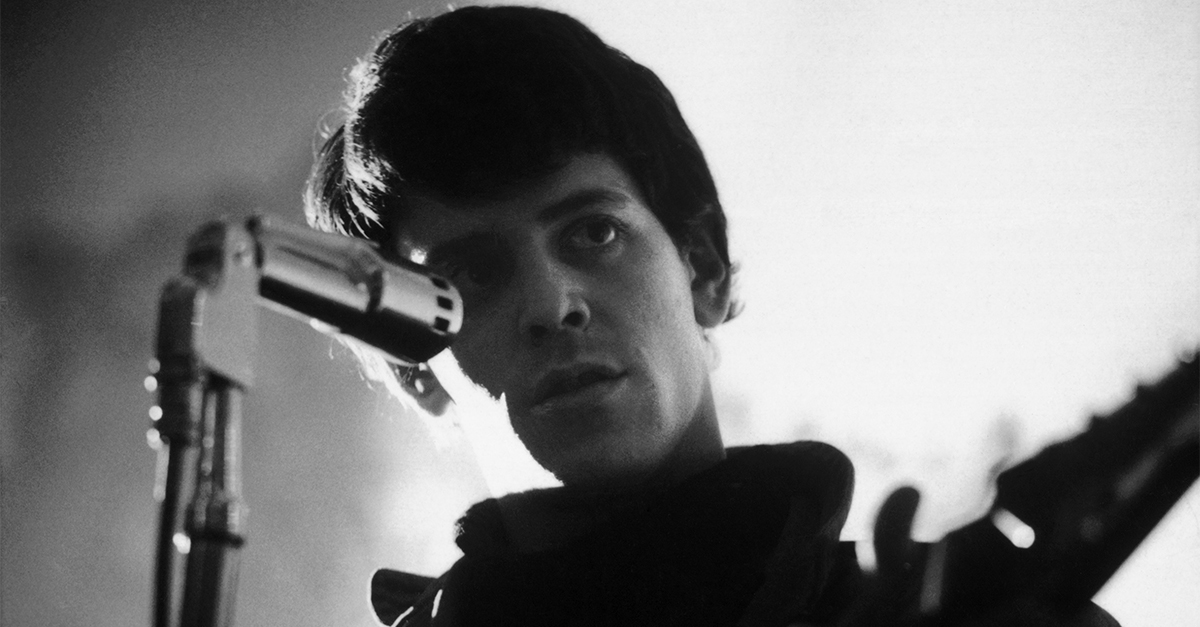I’m Seeing Double, At The Multiplex
In the age of artificial intelligence, moviegoers, critics, and creatives alike are asking whether creativity is done in Hollywood. While that’s a complicated question to answer, these series of “twin films”—two movies that came out within a short period—throw a wrench into figuring it out.

“The Rise Of Catherine The Great” And “The Scarlet Empress”
Everyone knows that Hollywood loves a good sweeping historical biopic. Just go all the way back to 1934 when two separate films about Russian empress Catherine the Great hit the big screen.
 United Artists, The Rise of Catherine the Great (1934)
United Artists, The Rise of Catherine the Great (1934)
“The Rise Of Catherine The Great” And “The Scarlet Empress”
The first, The Rise of Catherine The Great, was a British production and the second, Josef von Sternberg’s Marlene Dietrich-starring masterpiece The Scarlet Empress, was from Hollywood. Both have notably seen canonization by being included in the Criterion Collection.
 Paramount, The Scarlet Empress (1934)
Paramount, The Scarlet Empress (1934)
“The Fly” And “The Wasp Woman”
1950s Hollywood was reinvigorated by low-budget genre filmmaking which consistently produced high profits. A considerably big subgenre during this period was the creature feature, which often based itself around a new film monster of some kind.
 Twentieth Century, The Fly (1958)
Twentieth Century, The Fly (1958)
“The Fly” And “The Wasp Woman”
These two insect-themed horror films from the very end of the 1950s exemplified the popularity of the creature feature. Though featuring multiple sequels and an amazing remake by David Cronenberg, The Fly has probably endured more than The Wasp Woman.
 Allied Artists, The Wasp Woman (1959)
Allied Artists, The Wasp Woman (1959)
“Dr Strangelove” And “Fail Safe”
One of the joys of exploring film history is being able to identify the zeitgeist of the time through certain titles. A good example is two nuclear annihilation-themed films that hit theaters in the year of 1964.
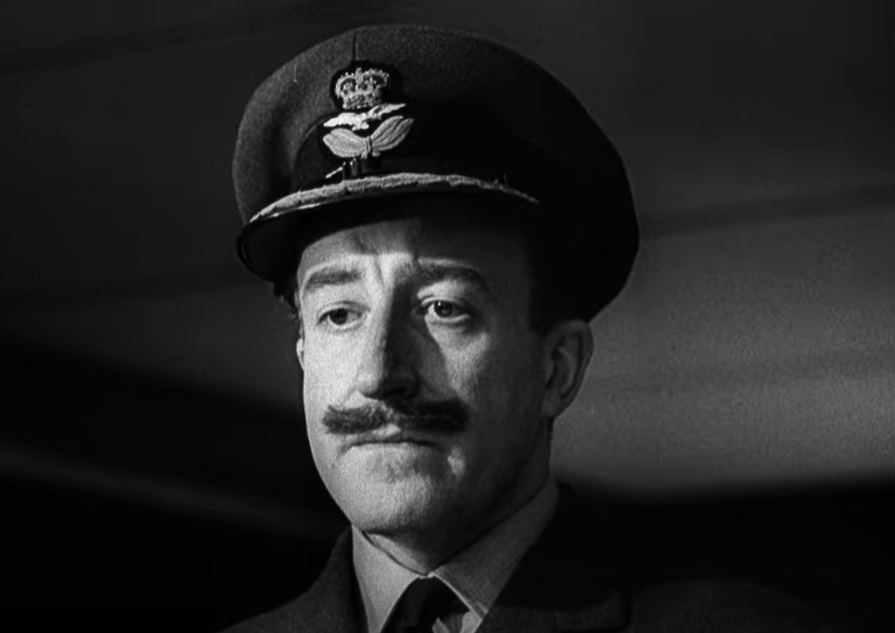 Columbia, Dr. Strangelove (1964)
Columbia, Dr. Strangelove (1964)
“Dr Strangelove” And “Fail Safe”
Stanley Kubrick’s Dr Strangelove or: How I Learned To Stop Worrying And Love The Bomb took a highly comedic slant to the Cold War whereas Sidney Lumet’s talky chamber drama Fail-Safe was completely serious. Regardless, both are great films that evidence a high level of political engagement and cinematic craft.
“Octopussy” And “Never Say Never Again”
James Bond has been arguably the most successful intellectual property in cinema and part of its rich history is this curious box-office showdown from 1983. The story goes that the official Bond producers were progressing with series star Roger Moore whereas another independent producer found a rights loophole that allowed him to make his own with returning icon, Sean Connery.
“Octopussy” And “Never Say Never Again”
Both films finished within close proximity of each other at the box office, with Never Say Never Again clearing $160 million and Octopussy $187 million worldwide. Still, the original Bond producers were the victors, and there was no further attempt to give Sean Connery more stabs at his most iconic character.
 Warner Bros., Never Say Never Again (1983)
Warner Bros., Never Say Never Again (1983)
“Dreamscape” And “A Nightmare On Elm Street”
Did you know there were two thrillers about the insides of dreams that hit theaters in 1984? There was the Dennis Quaid-starring Dreamscape and of course, the franchise-launching A Nightmare On Elm Street.
 Twentieth Century, Dreamscape (1984)
Twentieth Century, Dreamscape (1984)
“Dreamscape” And “A Nightmare On Elm Street”
A likably strange studio movie, Dreamscape was a moderate hit in the late summer of 1984. Yet its impact was nowhere near what Freddy Krueger’s first dance with moviegoers was, as A Nightmare On Elm Street ended up inspiring seven sequels, a remake, and even technically launched future The Lord of the Rings studio New Line Cinema to market presence.
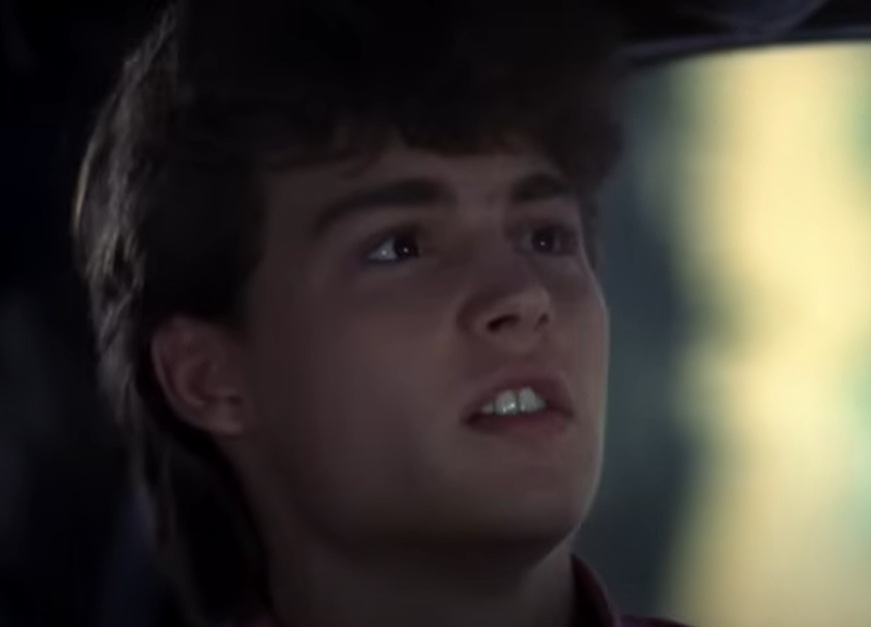 New Line Cinema, A Nightmare on Elm Street (1984)
New Line Cinema, A Nightmare on Elm Street (1984)
“Back To The Future” And “Peggy Sue Got Married”
American boomers were at the top of the world in the mid-1980s, but that didn’t mean they couldn’t be a little nostalgic for the good old times. This is evidenced in two time travel movies about the Eisenhower era, Back To The Future and Peggy Sue Got Married.
 Universal, Back to the Future (1985)
Universal, Back to the Future (1985)
“Back To The Future” And “Peggy Sue Got Married”
If you’re reading this, you've likely already seen Back To The Future, which is one of the most iconic blockbuster hits of the 1980s. Yet make sure to give a chance to one of Francis Ford Coppola’s most underrated movies, which shows a high level of film craft all in the guise of a sentimental comedy.
 TriStar, Peggy Sue Got Married (1986)
TriStar, Peggy Sue Got Married (1986)
“Into The Night” And “After Hours”
The zeitgeist of the economically booming, self-interest-heavy 1980s was exemplified by how many films from that decade took the viewpoint of yuppie protagonists. There were two films that both came out in 1985 and presented a darkly comedic spin on these upwardly mobile citizens by dragging them through all-night quests in the country’s biggest metropolises.
 Universal, Into the Night (1985)
Universal, Into the Night (1985)
“Into The Night” And “After Hours”
Martin Scorsese’s New York-set After Hours is undeniably the superior film to John Landis’s Los Angeles romp Into The Night in terms of cinematic craft, but that doesn’t mean you should rule out the latter. For one, Into The Night features a non-stop barrage of amusing cameos, chiefly one by David Bowie as a hitman.
 Warner Bros., After Hours (1985)
Warner Bros., After Hours (1985)
“Top Gun” And “Iron Eagle”
One of the dominant themes of 80s Hollywood was the rah-rah flag waving from the world’s greatest empire. Military-themed films were very common, but it’s surprising that two aviation-themed films came out within such a short span of each other.
“Top Gun” And “Iron Eagle”
There were some differences between these 1986 films though, as Iron Eagle was a B-movie quietly dropped in the January dry-zone and the Tom Cruise film was an expensive tech showcase given a prime summer release date. While the latter was undoubtedly the bigger hit, Iron Eagle actually inspired more sequels.
“Platoon” And “Full Metal Jacket”
Even the serious, anti-military films that were supposed to serve as a counter to Top Gun and its ilk were kind of an industry in and of themselves. Look no further than Platoon and Full Metal Jacket dropping into theaters less than a year apart.
“Platoon” And “Full Metal Jacket”
Both anti-war films that tackled the Vietnam conflict of the 1960s, Platoon and Full Metal Jacket addressed the subject matter with very different styles. The former film saw Vietnam veteran Oliver Stone trying to introduce a heavy level of realism to the genre whereas Stanley Kubrick in the latter saw the conflict as essentially the basis of a myth.
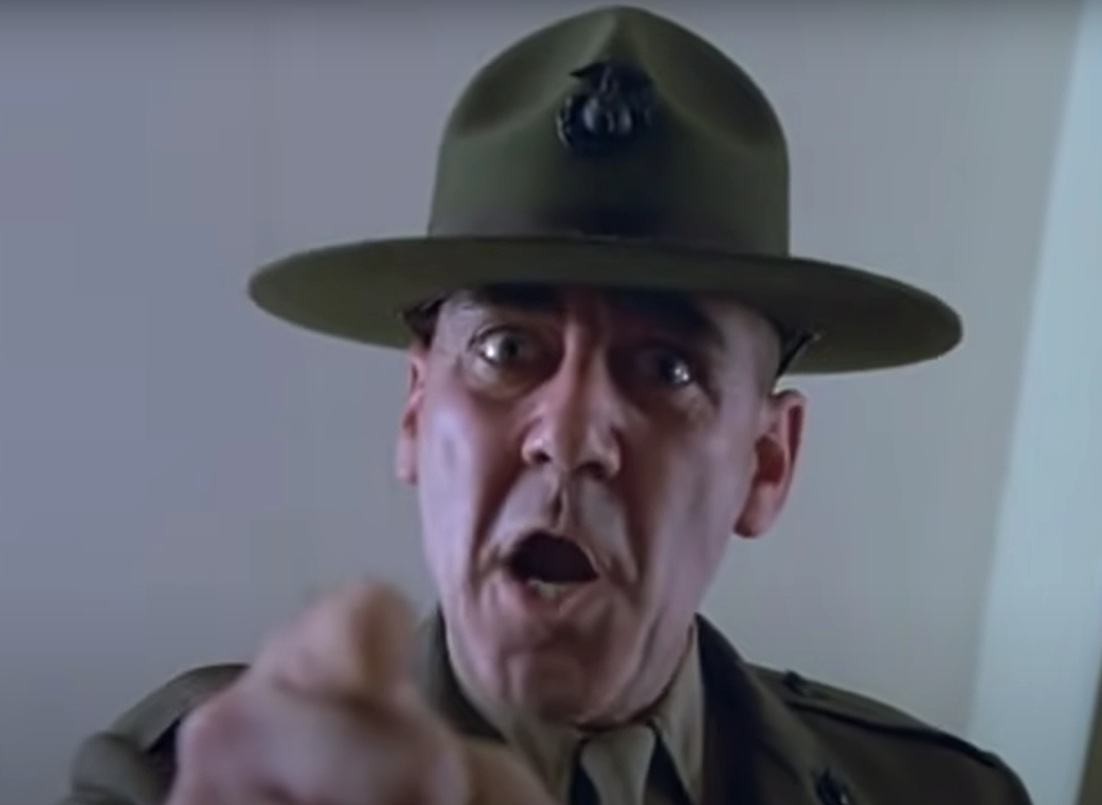 Warner Bros., Full Metal Jacket (1987)
Warner Bros., Full Metal Jacket (1987)
“Dangerous Liaisons” And “Valmont”
The 18th-century novel Les Liaisons Dangereuses had all the makings of a sexy costume drama. That’s why a race to adapt it to the big screen ensued in the late 80s between Stephen Frears’ Dangerous Liaisons and Milos Forman’s Valmont.
 Warner Bros., Dangerous Liaisons (1988)
Warner Bros., Dangerous Liaisons (1988)
“Dangerous Liaisons” And “Valmont”
Beating Valmont to theaters by almost a whole year, Dangerous Liaisons won three Academy Awards and saw considerable grosses at the specialty box office. Valmont, on the other hand, despite being the follow-up to Forman’s Academy Award-sweeping Amadeus, saw little in the way of impact.
“Carnosaur” And “Jurassic Park”
B-movie maven Roger Corman was known to have a method of trying to beat blockbusters to the screen by churning out a low-budget ripoff at a record speed. One of the best examples was the dino horror flick Carnosaur, which the spark for must’ve been inspired as soon as Corman read that Steven Spielberg was adapting Michael Crichton’s best-seller with all the latest technology.
 New Horizons, Carnosaur (1993)
New Horizons, Carnosaur (1993)
“Carnosaur” And “Jurassic Park”
Jurassic Park was a record-breaking hit that forever changed visual effects in cinema, whereas Carnosaur is probably relegated to late-night Tubi viewings. That being said, the B-picture still bears the distinction of inspiring a rare thumbs up for a horror film from At The Movies host Gene Siskel.
 Universal, Jurassic Park (1993)
Universal, Jurassic Park (1993)
“Tombstone” And “Wyatt Earp”
The infamous Gunfight at the OK Corral had already inspired countless films, but in the early 90s, Hollywood saw the potential to reinvigorate the Western genre in it. Thus, two big-budget films with Wyatt Earp as the lead saw a race to theaters.
 Cinergi Pictures, Tombstone (1993)
Cinergi Pictures, Tombstone (1993)
“Tombstone” And “Wyatt Earp”
The Kurt Russell-led Tombstone ended up beating the Kevin Costner-starring Wyatt Earp to theaters by about six months. While the latter had a lot of prestige behind it, the more popcorn-muncher-aimed Tombstone is the film that’s endured better in the public consciousness.
 Warner Bros., Wyatt Earp (1994)
Warner Bros., Wyatt Earp (1994)
“Braveheart” And “Rob Roy”
1995 saw the release of two epics about Scottish rebels, with each respectively portrayed by an Australian and an Irishman. Those two films were the Oscar-winning Mel Gibson smash Braveheart and the somewhat forgotten Rob Roy with Liam Neeson.
“Braveheart” And “Rob Roy”
Still endearing as a macho movie classic of sorts, Braveheart to this day overshadows the legacy of Rob Roy. But with Gibson’s film largely a slog, if you ask this writer, it might be better to actually give the Liam Neeson one the chance.
 United Artists, Rob Roy (1995)
United Artists, Rob Roy (1995)
“Independence Day” And “Mars Attacks”
The alien invasion picture Independence Day truly stunned everyone with just how popular it was in the summer of 1996, becoming the year’s biggest box office attraction. The similarly themed Mars Attacks! from director Tim Burton thus had to live up to it when hitting theaters Christmas of that year.
 Twentieth Century, Independence Day (1996)
Twentieth Century, Independence Day (1996)
“Independence Day” And “Mars Attacks”
Mars Attacks! was a box office disappointment and also only received middling reviews from critics. The chief difference between the films was that Independence Day updated 50s sci-fi movies with somewhat of a straight face whereas the Burton one parodied them outright, pointing to what the demands of audiences at the time were.
“The Haunting” And “House On Haunted Hill”
Two haunted house horror remakes came to theaters within a few months of each other in 1999. Though, the scale of the Steven Spielberg-produced The Haunting was much grander than that of the junky B-movie House On Haunted Hill, meaning the competition between the two of them wasn’t as direct.
 DreamWorks, The Haunting (1999)
DreamWorks, The Haunting (1999)
“The Haunting” And “House On Haunted Hill”
The relationship between the two films in terms of scale certainly corresponded to the original films they were respectively remade from. The original 1963 The Haunting was one of the classiest horror pictures ever, directed by Oscar-winner Robert Wise, whereas the 1959 House On Haunted Hill was from gimmick innovator William Caste.
 Dark Castle, House on Haunted Hill (1999)
Dark Castle, House on Haunted Hill (1999)
“Capote” And “Infamous”
What exactly was it in the zeitgeist of the mid-2000s that showed demand for two films about Truman Capote writing In Cold Blood? Regardless, Capote hit theaters in 2005 whereas its companion, Infamous, came a year later.
“Capote” And “Infamous”
The 2005 film won Philip Seymour Hoffman a much-deserved Best Actor Oscar, thus casting a shadow over Infamous. Despite a very starry supporting cast, Infamous failed to catch on the way that other film did.
“Olympus Has Fallen” And “White House Down”
Die Hard in the White House is the kind of concept you think they would’ve churned out during the action movie heyday of the 1990s. But it wasn’t until 2013 that two movies with that same very set-up found themselves in competition.
“Olympus Has Fallen” And “White House Down”
Despite a red-hot star in Channing Tatum, a big budget, and a prime summer release date, White House Down found itself the less profitable film than the Gerard Butler B-movie Olympus Has Fallen. That film even went about churning out two sequels, with another apparently in development.
 Columbia, White House Down (2013)
Columbia, White House Down (2013)
“The Haunting Of Sharon Tate” And “Once Upon A Time In Hollywood”
What was in the air for 2019 to present two films presenting a revisionist history of the 1969 Sharon Tate tragedy? The Hilary Duff-starring TV movie and Quentin Tarantino’s expansive period drama couldn’t seem more different in terms of resources, but they came to similar conclusions.
 Voltage Pictures, The Haunting of Sharon Tate (2019)
Voltage Pictures, The Haunting of Sharon Tate (2019)
“The Haunting Of Sharon Tate” And “Once Upon A Time In Hollywood”
One wonders if a la the Roger Corman heyday, the twist of Once Upon A Time in Hollywood leaked and some producers launched on the opportunity to ride its coattails. There’s also the chance they just made a healthy guess based on the revisionist history approach of past Tarantino period films.
 Columbia, Once Upon a Time in Hollywood (2019)
Columbia, Once Upon a Time in Hollywood (2019)
“Elvis” And “Priscilla”
Announced while Baz Luhrmann's Elvis was still in theaters, many were shocked by the idea of Priscilla so quickly presenting another movie about the King. Yet the twist was that writer/director Sofia Coppola was going to present the perspective of his first wife Priscilla Presley instead.
“Elvis” And “Priscilla”
2022’s Elvis was a typically opulent epic from director Baz Luhrmann, whereas Sofia Coppola’s Toronto-shot Priscilla was a low-budget, quiet affair that presented the moments in between so to speak. Neither was universally beloved, but Luhrmann's film connected with audiences more.
“Deep Impact” And “Armageddon”
Both *ahem* hitting theaters in the summer of 1998, the rivalry between asteroid-themed disaster films Deep Impact and Armageddon was a much-publicized one. At the end of the day, the latter film ended up being the bigger box office attraction.
“Deep Impact” And “Armageddon”
The difference between the two films seemed to be Deep Impact almost being more of a drama, whereas Armageddon was a loud, rip-roaring action picture throughout. For whatever flaws Armageddon may have, it’s probably the more fun movie to revisit—many viewers just find the more brooding tone of Deep Impact a little too heartbreaking.
You May Also Like:
13 Box Office Flops That Became Cult Classics
The 30 Biggest Flops In Movie History
Source: 1






